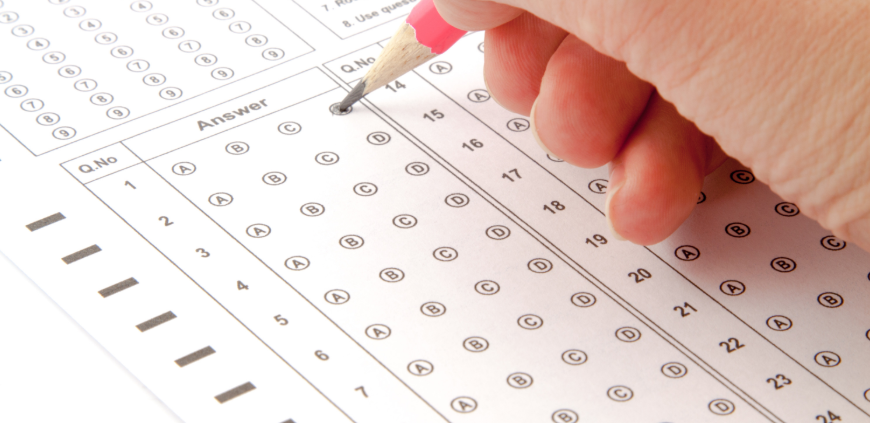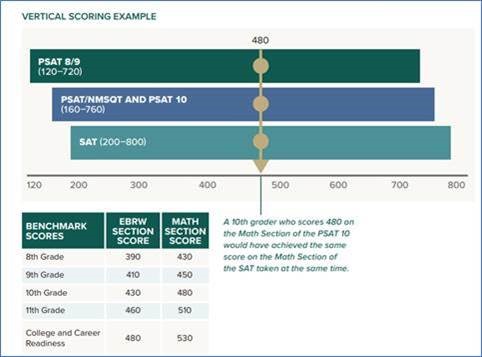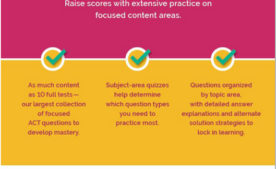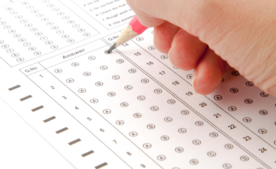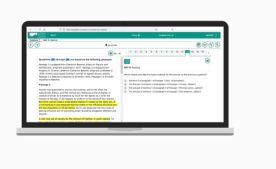In October each year, high school juniors across the country will take the PSAT, or the Preliminary SAT. For many students, this is their first standardized college admissions test. The PSAT/NMSQT provides a low stakes exposure to the official SAT since it is not used in college admission decisions.
The test is administered by local high schools on dates set by The College Board. For the PSAT 2022, schools may choose to administer it on Wednesday, October 12, Saturday, October 15, or Thursday October 25. Students register for the test directly with their high school and not with The College Board.
The PSAT is 2 hours and 45 minutes long and has two sections: (1) Evidence-based Reading & Writing and (2) Math.
The PSAT test serves 4 main purposes:
- It provides a realistic test-taking experience in preparation for the SAT.
- It can be an early indicator of strengths and areas for improvement, which is useful for your test prep plan.
- It gives students a sense for how they would score on the SAT.
- The National Merit Scholarship Corporation uses the junior year PSAT/NMSQT scores to select candidates for Merit Scholarship awards.
Often, we are asked by families – should we prepare for the PSAT test? Generally, we don’t recommend studying for the PSAT. Remember, this is a practice test. The PSAT is not a required test for college admission. We recognize, though, that test prep planning is a highly individualized process, and there are some exceptions. Students who get anxious or those who have the potential to qualify for the National Merit Scholarship Program could benefit from PSAT test prep.
PSAT Score as a Predictor of SAT Score
You can use the PSAT/NMSQT score to predict how you would have scored on the SAT. The SAT and PSAT assessments all share a common, continuous scoring scale, serving as a tool to track a student’s progress from one test to the next and to anticipate a student’s SAT score. For example, a student who scored 650 on the PSAT Evidence-Based Reading and Writing (EBRW) section and 700 on the PSAT Math section would have gotten the same score on the SAT had they taken the SAT on that day.
PSAT as a Qualifying Test for National Merit Scholarship
As mentioned earlier, the junior year PSAT is used to determine eligibility for honors and scholarships via the National Merit Scholarship Program. Consequently, the junior year PSAT is referred to as the PSAT/NMSQT (National Merit Scholarship Qualifying Test). Until a student progresses beyond the semifinalist stage, honors are based exclusively on a number called the Selection Index. Your PSAT/NMSQT Score Report will include your Selection Index. To calculate your Selection Index, add up your Reading, Writing and Language, and Math Test scores then multiply by two. The National Merit Scholarship Corporation sets the Selection Index criteria by state. The diagram below lists the Semifinalist Score Cutoffs for Class of 2022 (need the updates for class of 2023) in 8 northeastern states (Selection Index range of 213 – 222).
About the National Merit Scholarship Program
The Class of 2023 National Merit Scholarship Competition began with the October 2021 PSAT/NMSQT. Semifinalists and Commended Students receive notification by the start of their senior year. The chart illustrates the timeline of the National Merit process. High school juniors taking the PSAT/NMSQT in October 2022 will learn next September 2023 if they are among the semifinalists.
Questions? Contact us at 1-800-MY-TUTOR or info@mytutor.com
